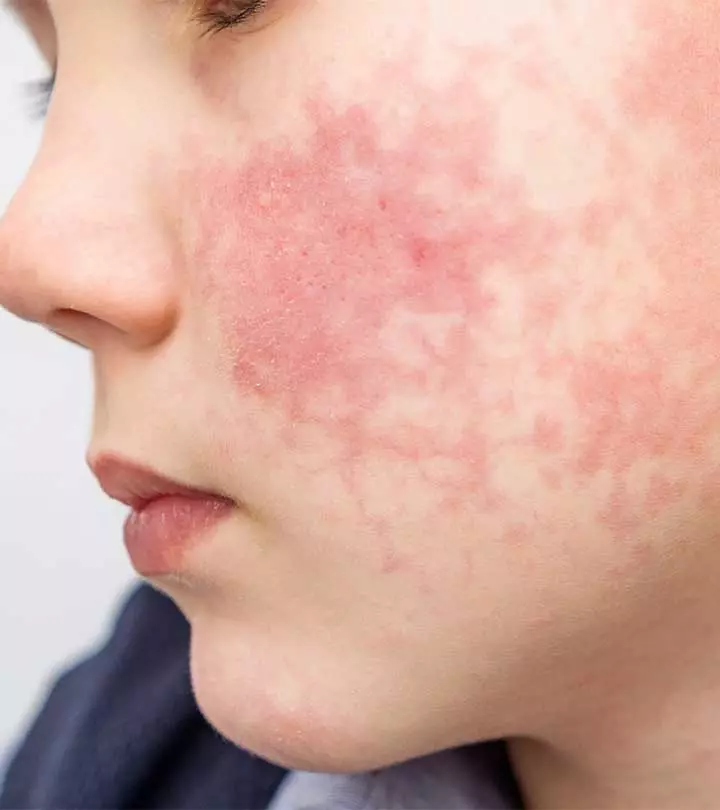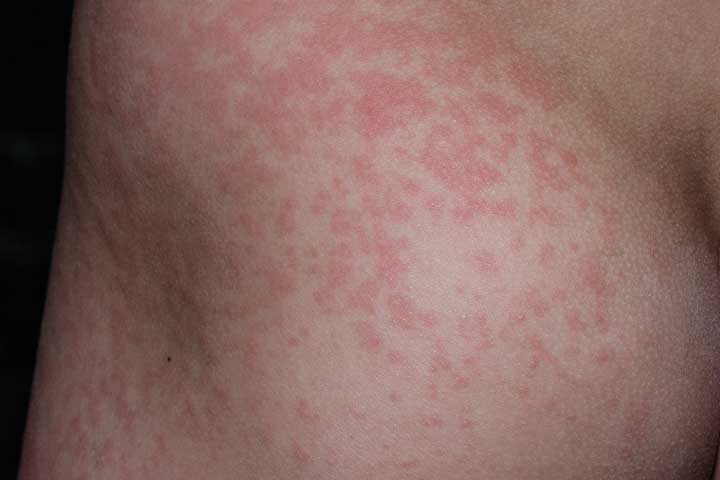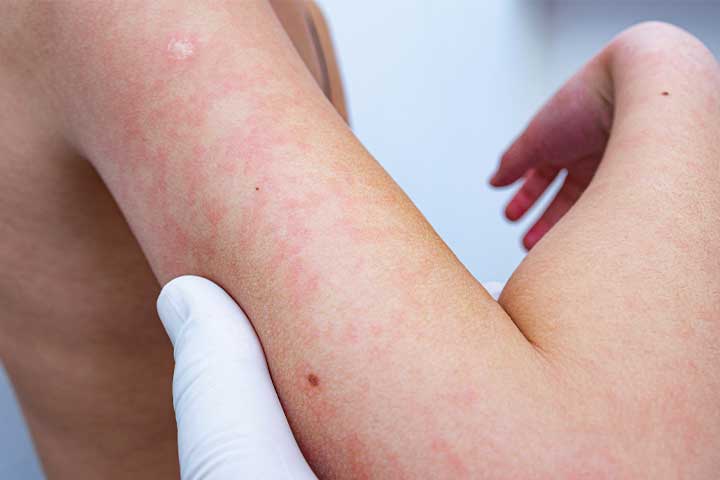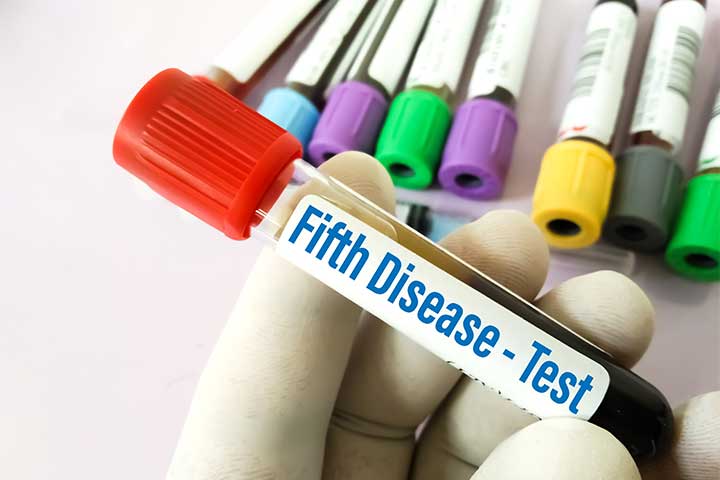
Image: Shutterstock
Childhood illnesses are often labeled with quirky names that might leave you scratching your head. Fifth Disease, also known as Slapped Cheek Disease, is one such curious-sounding ailment. While the name might not provide many clues, this common childhood illness has its own story to tell. In this article, we’ll dive into the world of Fifth Disease, exploring its causes, symptoms, treatment, prevention, and what to do if you or your child encounters it. Read on!
What Is Fifth Disease?
Fifth Disease is a contagious viral infection caused by the parvovirus B19 (1). It primarily affects children, but adults can catch it too. The symptoms of Fifth Disease are typically mild, and it often goes unnoticed or is mistaken for other illnesses. However, there’s more to this seemingly innocuous ailment than meets the eye.
Why Is It Called Fifth Disease?
The name “Fifth Disease” originates from its position as the fifth among the five common childhood viral rash illnesses.
As for the nickname “slapped cheek disease,” it derives from its most conspicuous symptom – a vivid red rash that gives children’s cheeks the appearance of having been playfully slapped.
What Are The Symptoms Of Fifth Disease?
Image: Shutterstock
Fifth Disease is often called “Slapped Cheek Disease” due to one of its distinctive symptoms. The initial signs may include redness and warmth on both cheeks, resembling a slap mark on the face. These flushed cheeks are often accompanied by a low-grade fever, headache, fatigue, and a runny or stuffy nose (2). After a few days, a rash can develop on the arms, legs, and trunk, giving the skin a lacy, net-like appearance. This rash can be itchy but is usually not severe.
What Causes Fifth Disease?
As mentioned earlier, Fifth Disease is caused by the parvovirus B19. This virus is highly contagious and spreads through respiratory droplets when an infected person coughs or sneezes. It’s most contagious before the rash appears, which can make it challenging to prevent its transmission.
When Should I See My Doctor?
Image: Shutterstock
In most cases, Fifth Disease resolves on its own without the need for medical treatment. However, it’s essential to consult a doctor if you or your child experience severe symptoms, such as persistent high fever, joint pain, or an unusual rash. Pregnant women who are exposed to Fifth Disease or develop symptoms should also seek medical advice, as it can pose risks to the unborn child.
How Long Is Someone With Fifth Disease Infectious?
Fifth Disease is most contagious before the onset of the characteristic rash. Once the rash appears, the risk of transmission decreases significantly. Generally, individuals with Fifth Disease are considered no longer contagious once the rash has fully developed.
What Is The Incubation Period For Fifth Disease?
The incubation period for Fifth Disease, which is the time between exposure to the virus and the appearance of symptoms, is usually between 4 to 21 days (3). However, many people with Fifth Disease are asymptomatic or have very mild symptoms, making it challenging to pinpoint the exact time of exposure.
How Is Fifth Disease Diagnosed?
Image: Shutterstock
Diagnosing Fifth Disease often relies on clinical symptoms and history. A blood test can confirm the presence of parvovirus B19 antibodies, which indicate a current or past infection. However, this test is typically unnecessary unless complications or specific circumstances arise.
What Is The Treatment For Fifth Disease?
As mentioned earlier, most cases of Fifth Disease resolve on their own without specific treatment. Over-the-counter pain relievers can help alleviate discomfort associated with fever and joint pain. It’s crucial to stay well-hydrated and get plenty of rest during the illness. In cases of severe or complicated Fifth Disease, your doctor may recommend additional treatment.
Can Fifth Disease Be Prevented?
Image: Shutterstock
Preventing Fifth Disease entirely can be challenging, as the virus is highly contagious. However, there are steps you can take to reduce the risk of transmission. Frequent handwashing, covering your mouth and nose when coughing or sneezing, and avoiding close contact with infected individuals can help prevent the spread of the virus. If someone in your household has Fifth Disease, it’s essential to practice good hygiene to protect other family members.
What If I Get Fifth Disease While Pregnant?
Pregnant women who are exposed to Fifth Disease or develop symptoms should contact their healthcare provider promptly. Although the risk of complications is relatively low, there is a small risk of the virus affecting the developing fetus. Your doctor will monitor your pregnancy and provide guidance on any necessary precautions or treatments.
While the Fifth Disease may sound innocuous, its characteristic symptoms and potential complications make it a notable health concern for parents and caregivers. Recognizing the symptoms, seeking medical advice when necessary, and practicing good hygiene can help mitigate its impact and prevent its spread. With proper care and attention, children and adults alike can weather this peculiarly named ailment and return to their usual activities with a healthy rosy glow.















